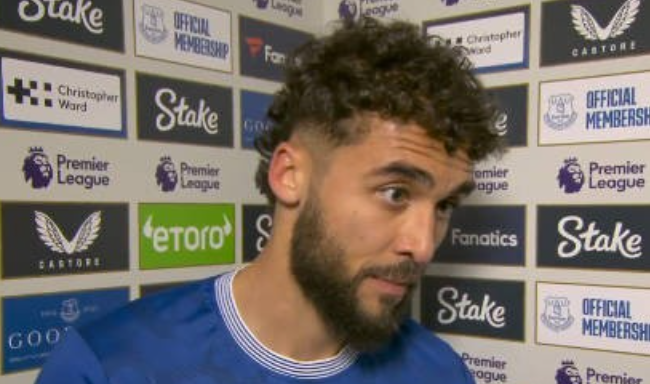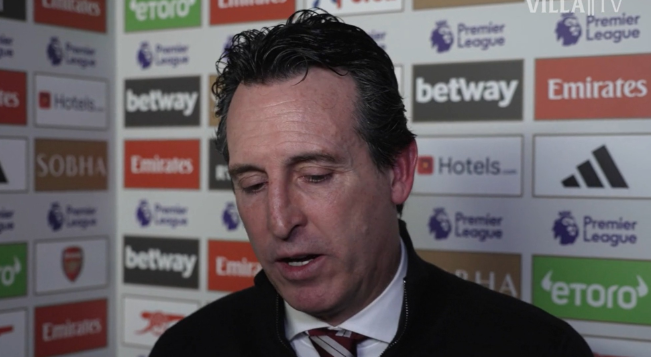
The sale of a tournament, a ticket, or even the joining of a player signals the unlimited possibilities of its potential value. It is reported that Angel City Soccer Club has been recognized for its large network of supporters and sponsorship revenue potential during the Series A financing stage. The club's sponsorship revenue exceeded ten million dollars this year, with sponsorship commitments totaling 45 million dollars and ticket sales exceeding 16,000 tickets. Soccer Stadium Digest data shows that the average number of fans at games played at Banc of California Stadium this season is more than 19,000, well ahead of the second-ranked Portland Thorns, with an average ticket price of $41.
Shortly before investing in Gotham Soccer Club, Asian businesswoman Y. Michele Kang successfully acquired a majority stake in Washington Spirit Women's Soccer Club, becoming the first Asian woman to hold a majority stake in an NWSL team.In the winter of 2021, she closed the deal for $35 million, having previously beaten out billionaire Todd Burley. Burley, in turn, became the new Blues owner when he bought the Chelsea men's and women's soccer clubs in the overseas market.
The sharp rise in NWSL team valuations reflects investors' general optimism about the league's growth potential. Portland Thorns owner Merritt Paulson said numerous companies are willing to invest in women's sports, and more teams are expected to be valued in the future. A few years ago, it was little known that NWSL teams were being sold for tens of millions of dollars.In 2019, OL Groupe, the parent company of the Olympic Lyons, acquired 89.5 percent of the Seattle Monarchs for $3.51 million, just one-tenth of what the Washington Spirit sold for.
According to NWSL commissioner Jessica Berman, reasons for the rise in team valuations include social trends in gender equality and female empowerment, the increase in potential sponsorship and media revenue for the league, and the conclusion of a labor negotiation agreement. Additionally, sports teams themselves are appreciating in value, and Berman says investors want to get in on the action sooner rather than later because the potential for asset appreciation for NWSL teams is huge compared to other professional sports.
Wang Frost Drives Louisville Athletics Attention
Some team valuations are even based on short-term financial return expectations. One league source said that in the past, NWSL teams have averaged annual revenue losses of $3 to $4 million.Chuck Baker said that the primary purpose of investor bidding is for long-term team appreciation. Basic supply and demand (more potential investors than there are teams available for sale) is also a driver of team appreciation, which is the same reason the cost of league expansion is expected to soar.
According to ESPN, Louisville Athletics, where Wang plays, paid an expansion fee of $1 to $2 million to join the NWSL last year. Kansas Currents, Los Angeles Angels and San Diego Waves, who subsequently entered the league, all paid slightly higher expansion fees than Louisville Athletics, but none exceeded $3 million. The NWSL is currently in the midst of a new round of expansion, and expansion fees are expected to far exceed previous levels.
USL President Don Garber believes that many USL owners are approaching the NWSL league about the feasibility of investing in a women's soccer team.Garber noted that Orlando and Portland, two cities with both men's and women's soccer teams, have had great success. The auction, which is being handled by sports boutique investment bank Inner Circle Sports, is still in its early stages.Berman said the league is most interested in the quality of the partner, its facilities, and its geographic market, and expects that the expansion could cost as much as $50 million.
The NWSL has come a long way in this regard, and when Merritt Paulson became the league's founding owner a decade ago, his biggest concern wasn't whether women's soccer would catch on in Portland, but whether the league itself would be able to operate. Considering that two previous attempts at top-level professional women's soccer in the U.S. had failed, that concern wasn't unreasonable.
NWSL league sponsors are hopeful that the league will be able to secure more broadcast rights and sponsorship revenue in the upcoming broadcast renewals.The NWSL's streaming deal with Amazon's Twitch platform is set to expire at the end of this season, and its television deal with CBS Sports is set to expire at the end of next season. The league's growing professionalism, along with its maturity, could lead to larger investments. The league will move its headquarters from Chicago to New York next month.
Expansion doesn't just happen in women's soccer.The WNBA has announced that it will expand to 40 regular season games in 2023, with the hope of doing so before the 2024 season.WNBA expansion cities are evaluated on dimensions such as consumer psychographics, demographics, on-site venues, NCAA fan base, current WNBA fan base, peripheral sales, ratings, city's basketball base, number of star players, and intent to build a team.
The Getty study found that 75% of brands and organizations said they would like to see female athletes get real media exposure, i.e., showcasing their athleticism more than their appearance. At the same time, 72 percent of organizations participating in the survey agreed that the sports industry could play a greater role in promoting women's sports and female athletes. Women's sports need better media exposure and smarter marketing to truly break into the mainstream.
Broadcast data shows that women's sport has a huge audience. According to France Télévisions, the recently concluded inaugural Women's Tour de France attracted an average of 2.25 million French viewers per stage, with an average rating of 26.4% over the eight race days. On digital platforms, the Women's Tour video content reached 22 million viewers. On social media in particular, Women's Tour de France followers grew by 90% to 209,000 during the race.
Head tournament IPs are ramping up for the women's version. The inaugural season of the Women's IPL is scheduled for March 2023. Soccer events, on the other hand, are hoping to attract viewers to women's soccer, sell tickets and generate sponsorship revenue, as evidenced by the recent record-breaking attendance at the Women's Euro 2022. UEFA predicts that commercial returns from women's soccer in Europe could increase six-fold by 2033, reaching €686 million per year. By that time, women's club sponsorship may be worth €295 million and media rights may grow sevenfold to €256 million. The number of women's soccer fans could double to 328 million over the next decade.
UEFA also spoke of women's soccer attracting a "diverse, progressive and young fan base" and being "inspirational, female-empowering and family-friendly". In an effort to capture the market, brands such as EA have also added women's soccer clubs to their products in an effort to create an equitable user experience.
The women's sports market is in its infancy, with smooth development of various businesses and huge potential for incremental growth. Benefiting from multiple factors such as audience size growth and military expansion, the development of women's sports is expected to accelerate, and the certainty of expansion has increased.






























